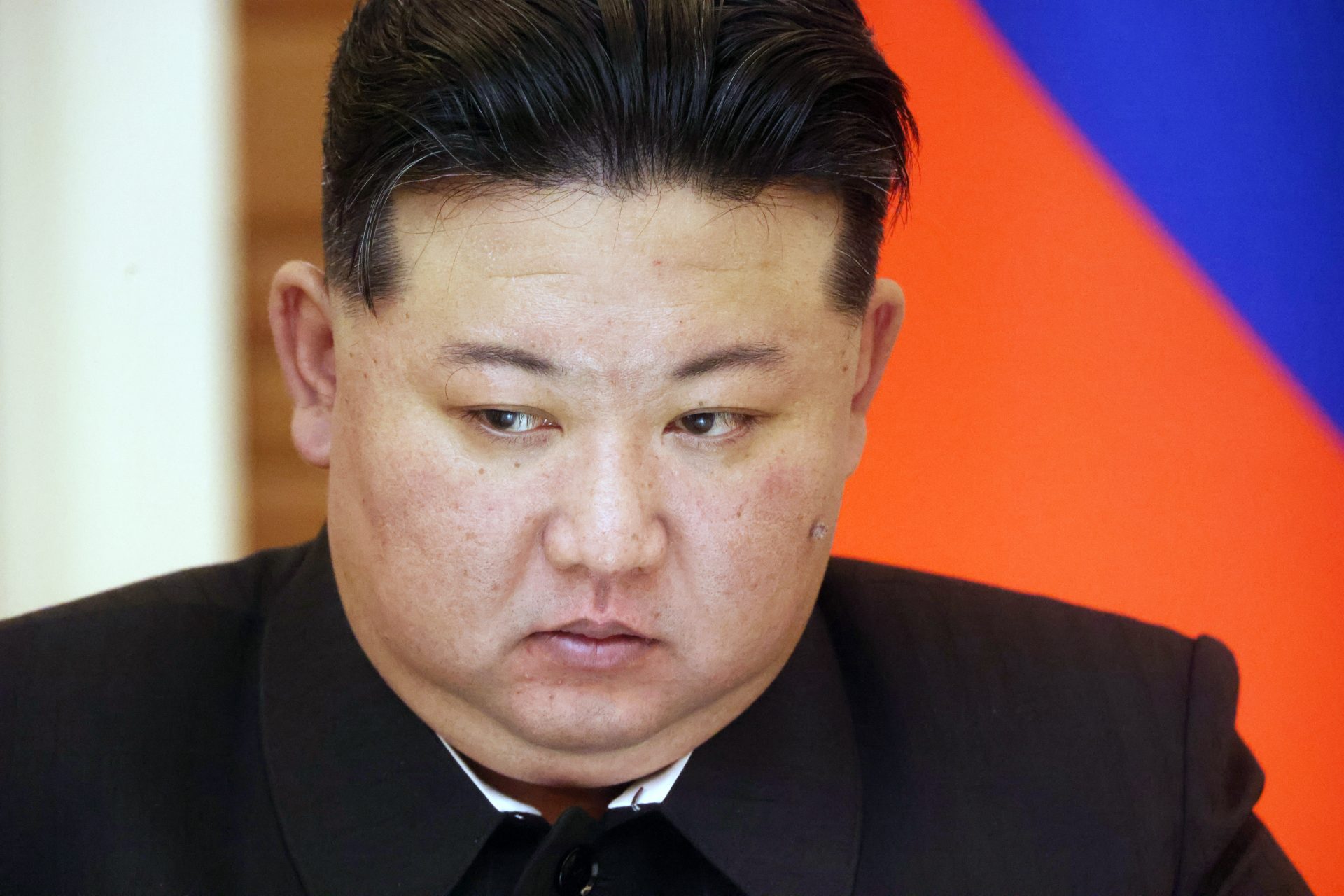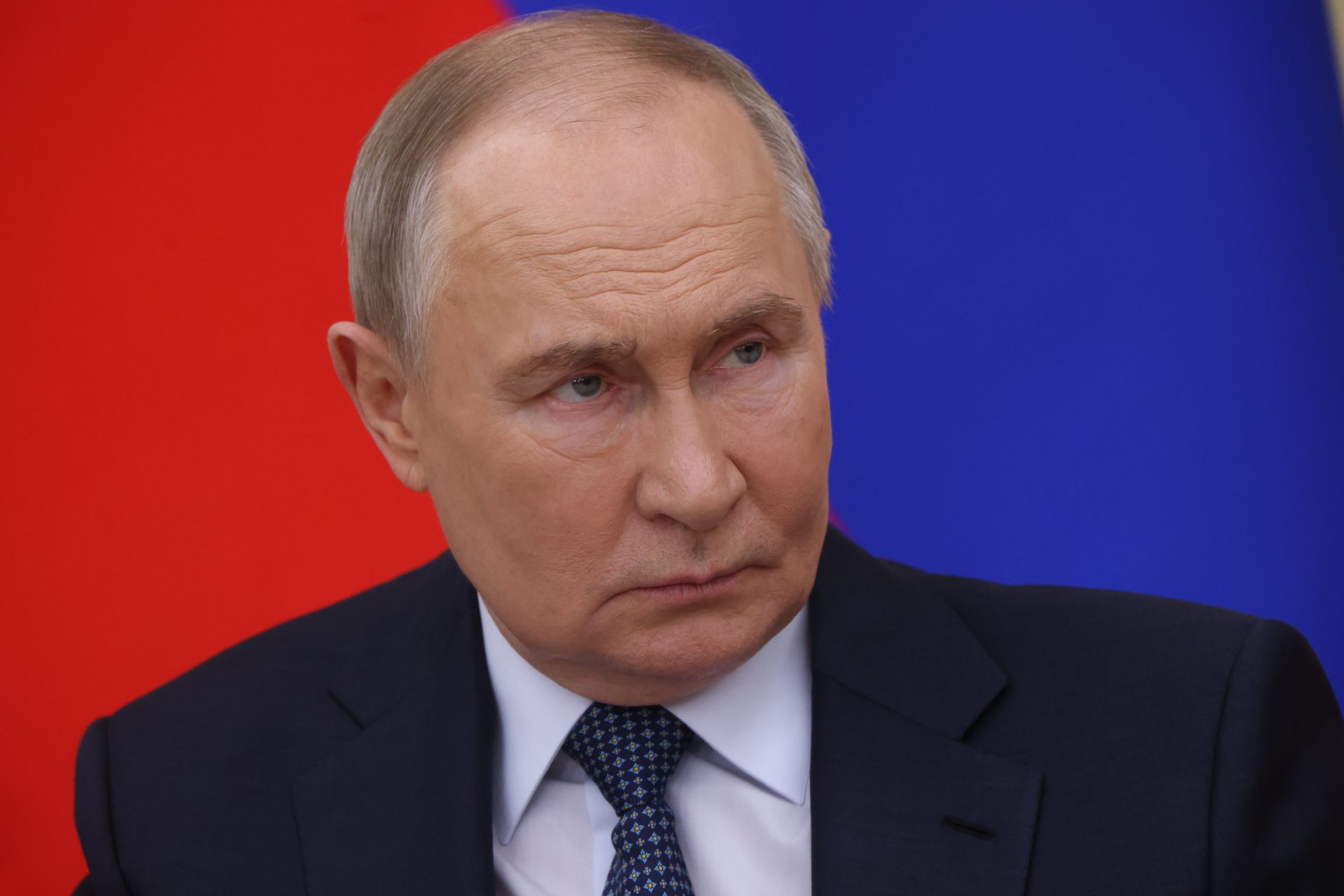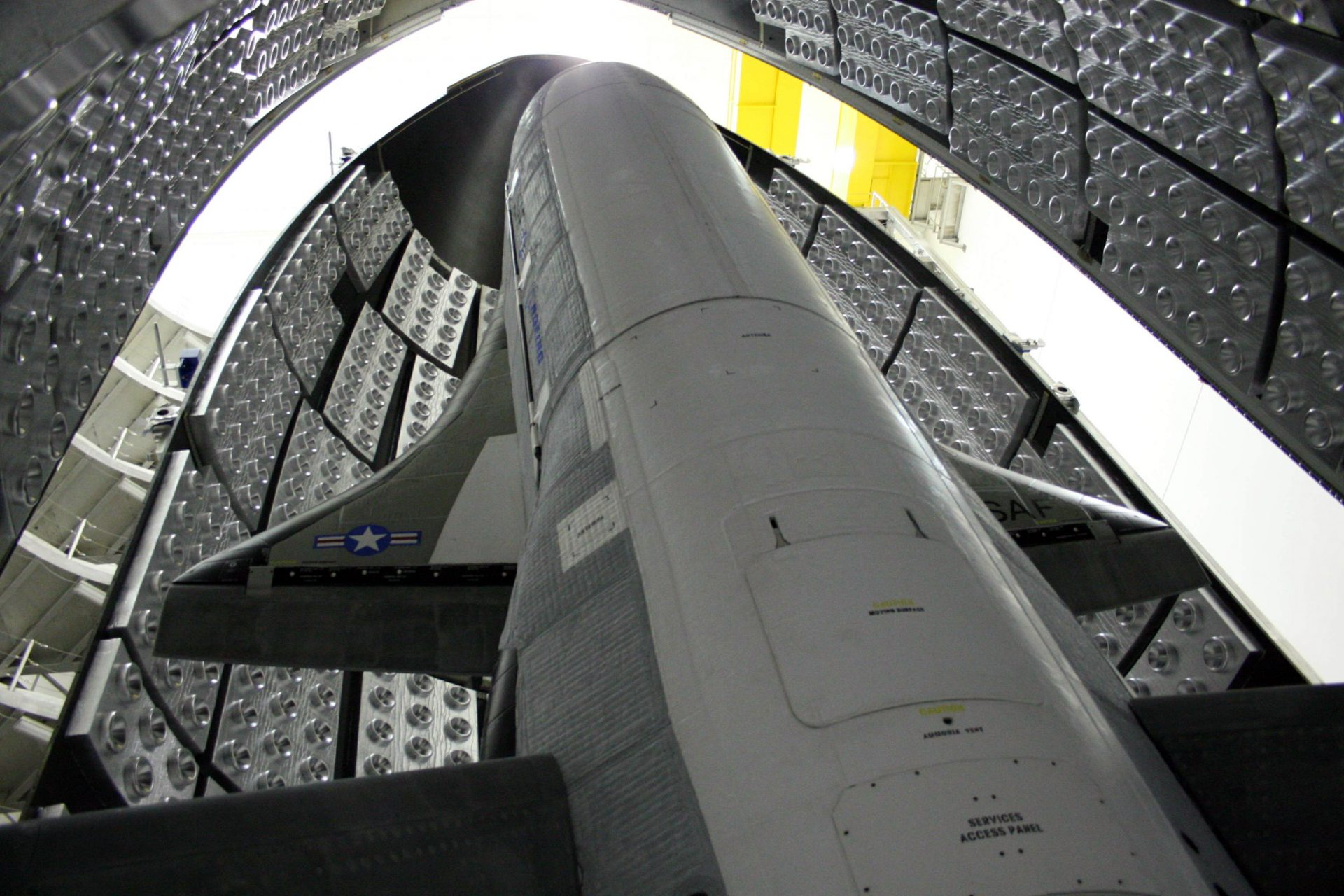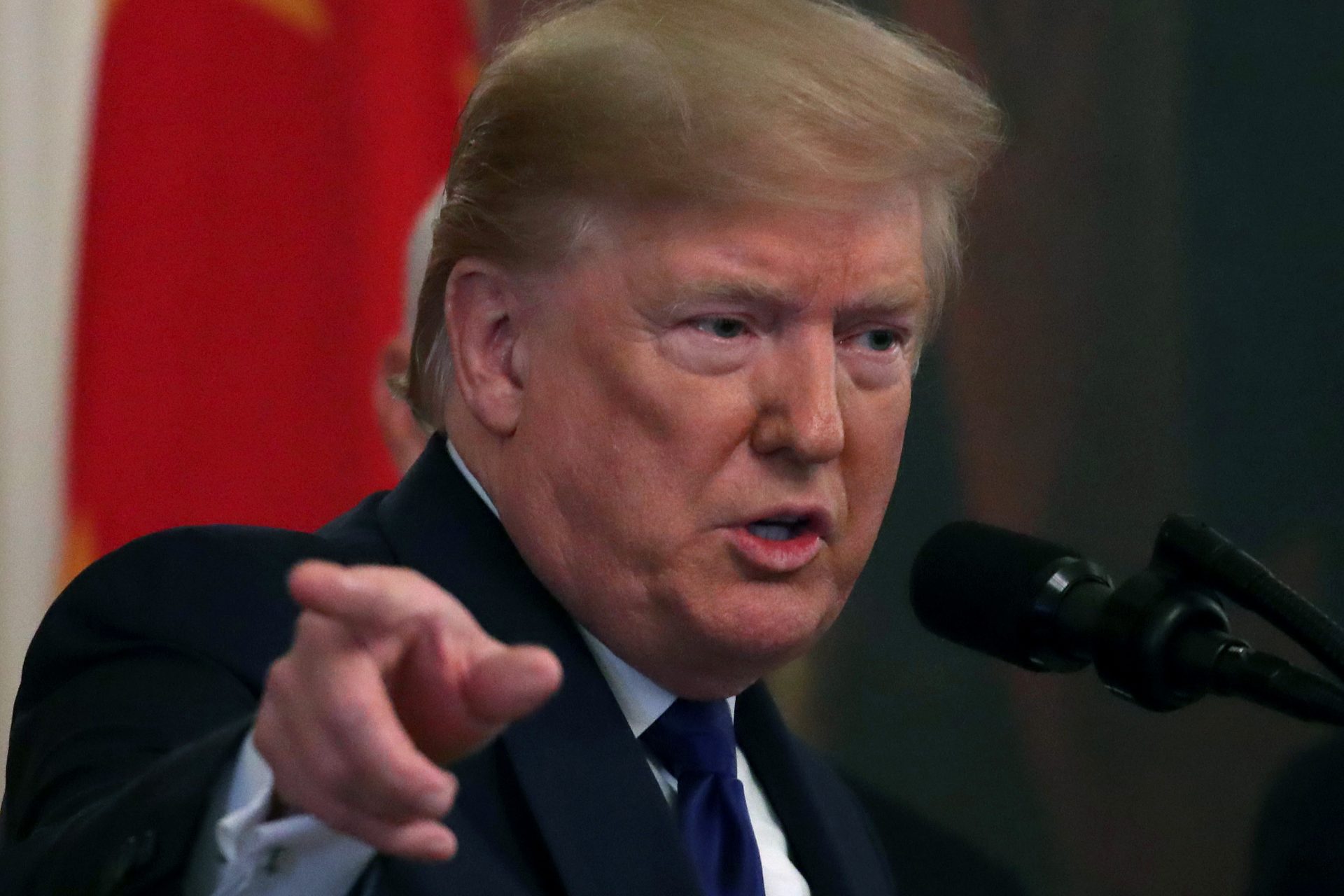The worst global rice shortage in decades is just around the corner
The world will soon face the worst rice shortage it’s seen in decades according to a report from global data analytics firm Fitch Solutions Country Risk & Industry Research.
The report estimated that the rice shortfall for 2023 will amount to roughly 8.7 million tonnes, which could spell disaster for the billions of people who rely on the staple crop.
According to National Geographic, roughly 3.5 billion people ranging from Latin America to Asia and parts of Africa depend on rice to fill the majority of their dietary needs.
Unfortunately, the forecasted rice deficit will likely push the cost of the food commodity even higher according to Charles Hart, a Fitch Solutions analyst that spoke with CNBC.
“At the global level, the most evident impact of the global rice deficit has been, and still is, decade-high rice prices,” Hart explained.
CNBC noted that the Fitch Solutions reported the average cost of rice will remain at 17.30 per hundredweight or cwt—a special type of unit used in the measurement of commodities like rice, steel, or cattle—and will only reduce to 14.50 per cwt in 2024.
“Given that rice is the staple food commodity across multiple markets in Asia, prices are a major determinant of food price inflation and food security, particularly for the poorest households,” Hart said according to CNBC.
There are many reasons for the short supply of rice this year, and as with everything today, it has been heavily affected by the war in Ukraine as well as Climate Change.
Russian sanctions for their February 2022 invasion of Ukraine have targeted the shipment of several key ingredients needed for fertilizer production, which in turn has pushed the necessary agricultural product to sky high-prices according to Reuters.
However, the real problem plaguing rice production this year is the outsized effect climate and weather-related issues are having on the world’s top rice-producing nations.
In the second half of last year, swaths of farmland in the world’s largest rice producer China were plagued by heavy summer monsoon rains and floods,” wrote CNBC’s Lee Ying Shan, before describing the major impact those weather events had on production.
Using data gathered by the climate and agricultural analytics group Gro Intelligence, Lee noted that the rainfall in China’s most important rice production provinces, Guangxi and Guangdong, was the second highest it had been in two decades.
Pakistan is another major rice producer that suffered from major weather-related production issues due to catastrophic flooding the country experienced in 2022.
“With the impact of the summer’s floods proving to be even worse than initially anticipated, the 2022/23 rice production estimate is decreased to 6 million tons,” read a December statement from the U.S. Foreign Agriculture Service on Pakistani production.
However, not everyone is worried about the coming rice shortage. Todd Hultman is a data analyst with Data Transmission Network and Dataline (DTN) and he believes the fear of a global rice shortage could be a bit overblown.
“Spot prices of rough rice here in the U.S. have traded between roughly $16 and $18 per hundredweight for a year. The price range is at its highest level in three years, but prices are not showing any sign of a drastic shortage yet,” Hultman wrote for Progressive Farmer.
After looking closer at the most recent data from the U.S. Department of Agriculture's ending-stock estimates for world rice, Hultman concluded that the problem rice stocks are closer to being the lowest they’ve been in 5 years rather than the 20 projected by CNBC.
More for you
Top Stories






























